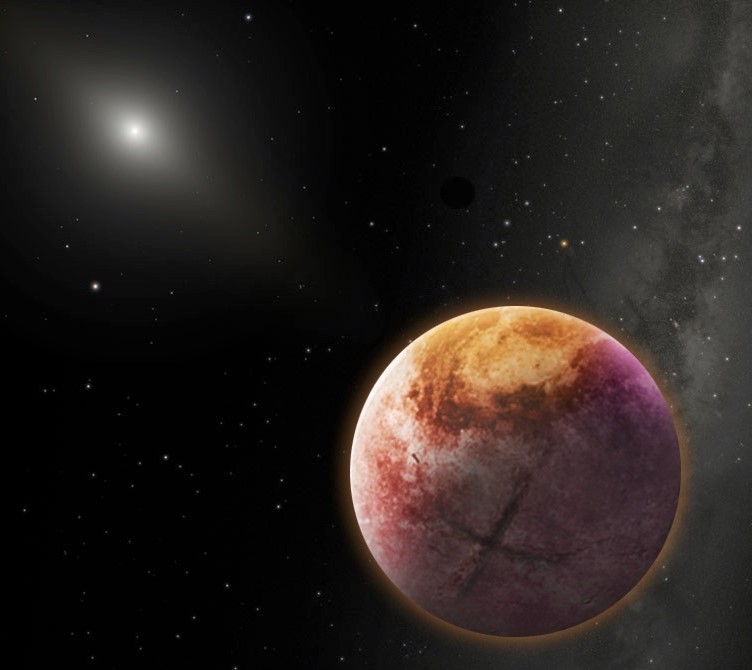Planet Nine continues to “hide in the shadows,” whether it is real or not. Now, scientists have a new way to look into the object in space that has been hard to find.
A report from Science Alert shows that this is because astronomers may have seen Planet Nine without knowing it as early as 1983.
Michael Rowan-Robinson, an astronomer at Imperial College London, looked at data from observations made by the Infrared Astronomical Satellite (IRAS) in 1983. He thinks it may show signs of the elusive Planet Nine.

Looking for the hard-to-find Planet Nine
Planet Nine is only a notion at this time. On the furthest frontier of our solar system, in the Kuiper Belt, a mysterious gravitational force was discovered in 2016. According to a new theory, the mysterious object might not even exist, or it might just be a tiny black hole.
Although he acknowledges that it’s not a given, Rowan-new Robinson speculates in his work, which is available on a pre-print server but has not yet undergone peer review, that the IRAS photos from 1983 may have directly captured Planet Nine. Given the poor quality of the IRAS detections, towards the very end of the survey, and in a very difficult region of the sky for far-infrared detections, he writes in his study that The likelihood that the candidate is genuine is not very high.

Still, he also says, “Given the great interest in the Planet Nine hypothesis, it would be worth checking whether an object with the proposed parameters and in the proposed part of the sky is consistent with the movements of planets.”
Planet Michael Rowan-Robinson?
The original 2016 paper that found evidence for a possible Planet Nine said that the planet could be up to ten times as heavy as Earth and that it hasn’t been found because it’s up to ten times as far from the sun as Neptune, so it doesn’t get much light from the Sun. But despite a lot of work, scientists haven’t been able to find direct evidence of the cosmic object yet. This has led, in part, to the black hole theory.

In his paper, Rowan-Robinson suggests a new way to look into the problem. Using the IRAS observations from 1983, he has found three key sources that were each seen about a month apart. Rowan-Robinson says that the three separate observations point to a single moving object. The astronomer says that we should look at both infrared and visible data at these three places. It may be a huge shot in the dark, both figuratively and literally, but if the new investigation leads to direct proof of a Planet Nine, let’s just hope they don’t call it Planet Michael.








